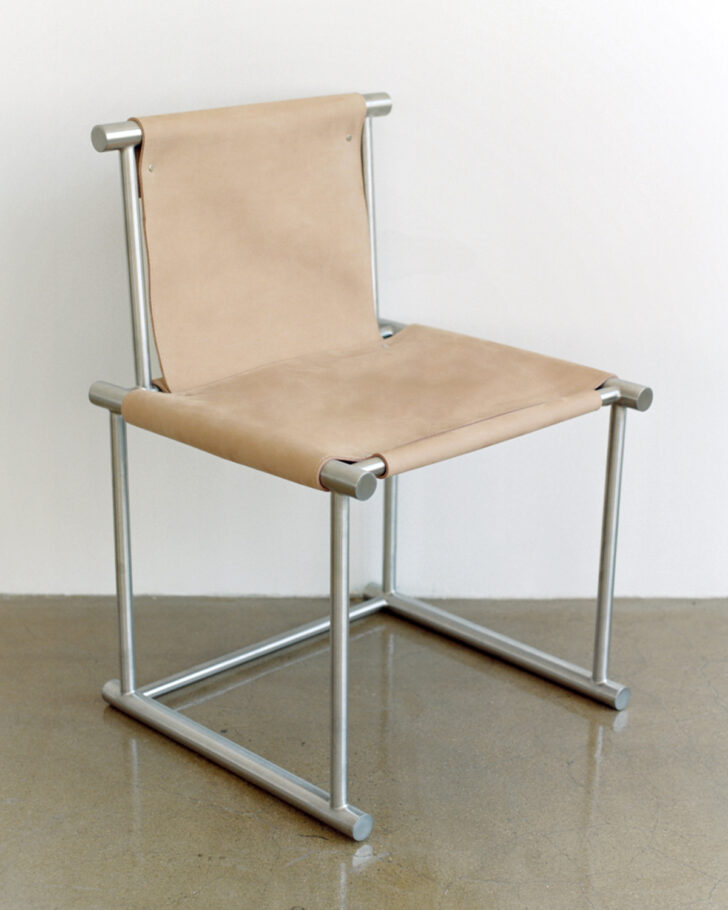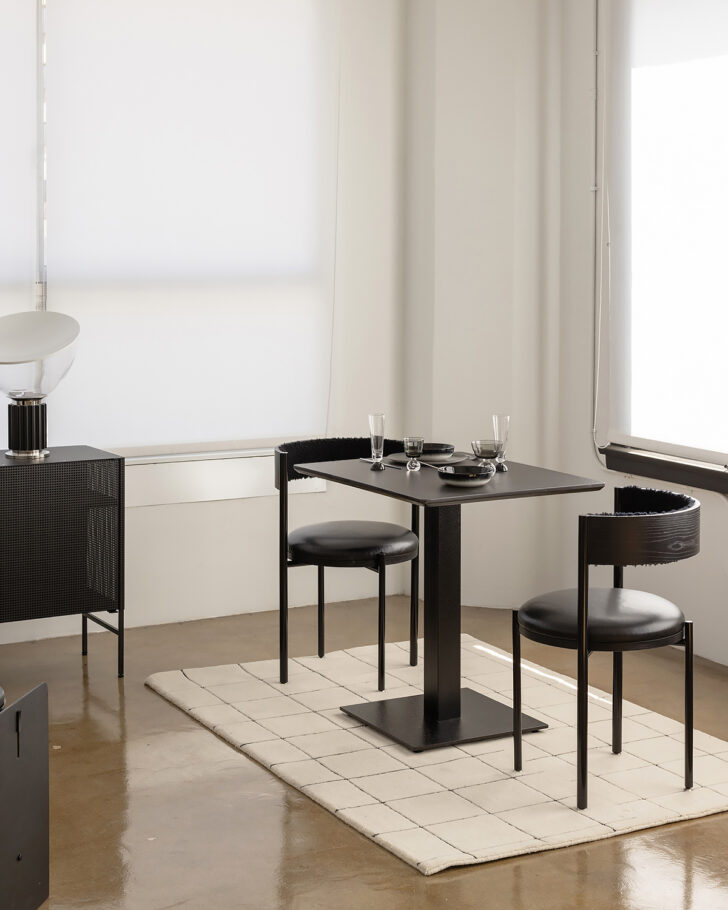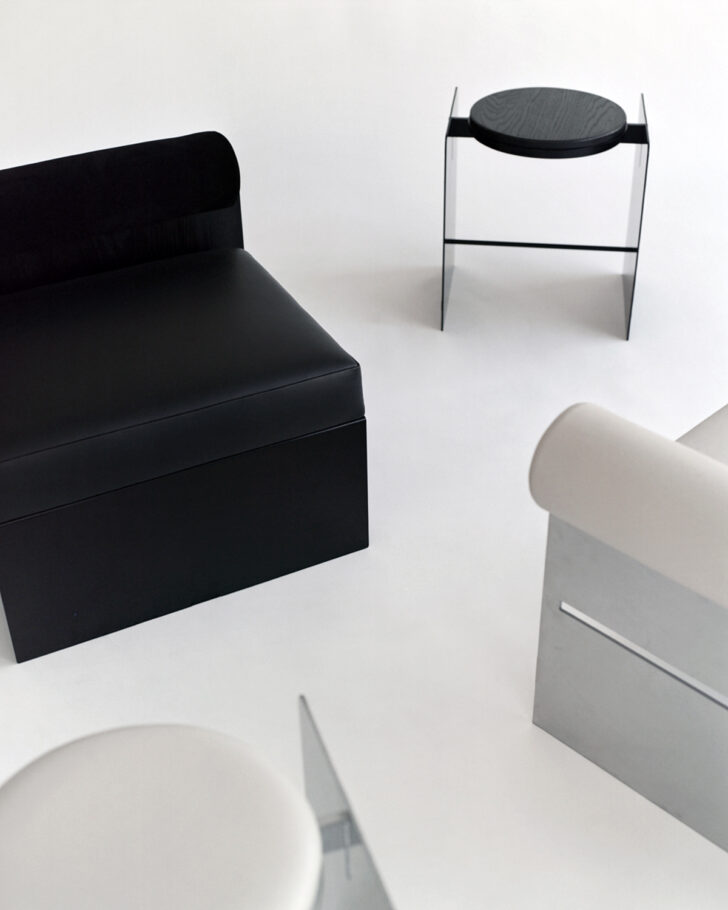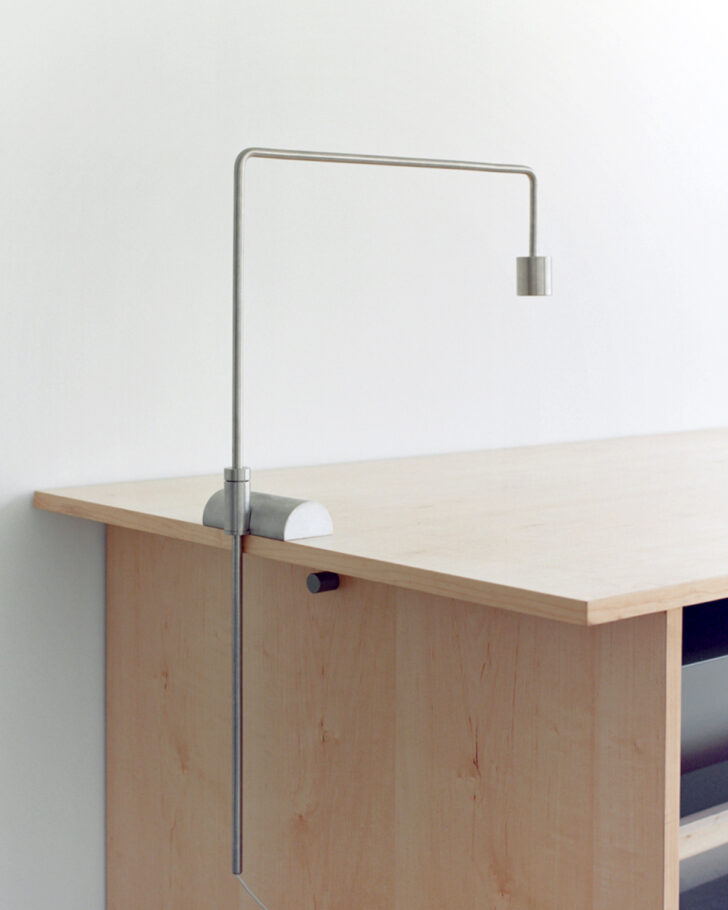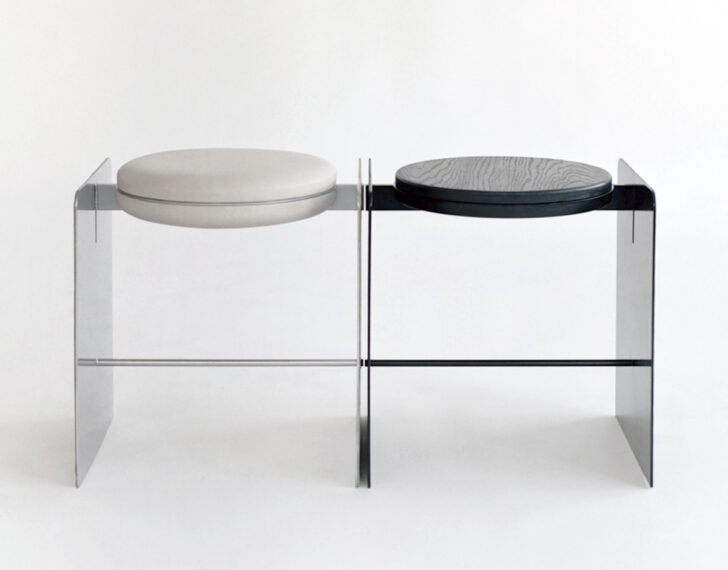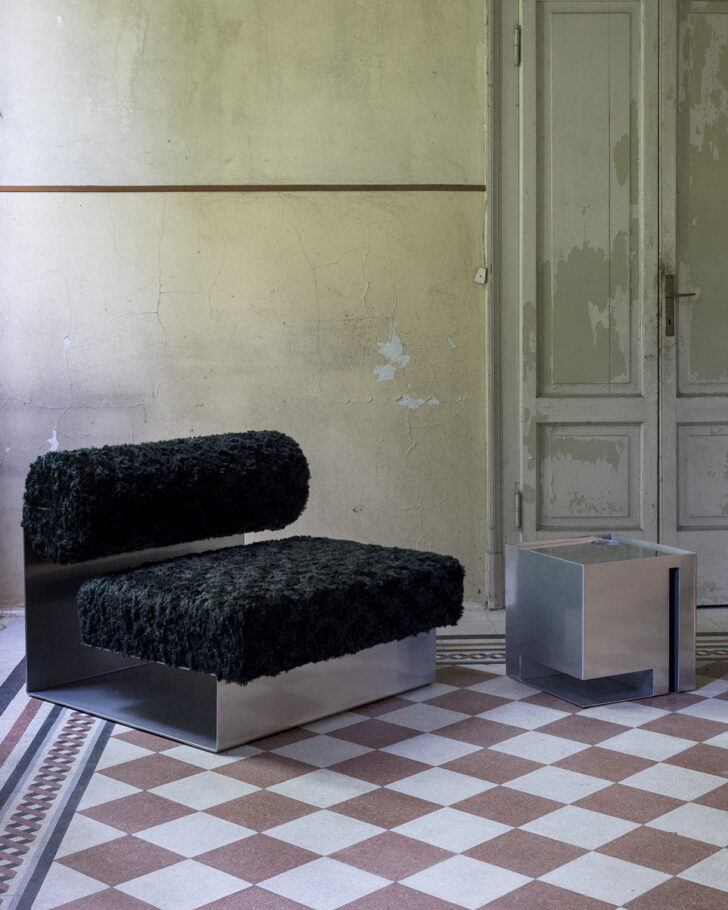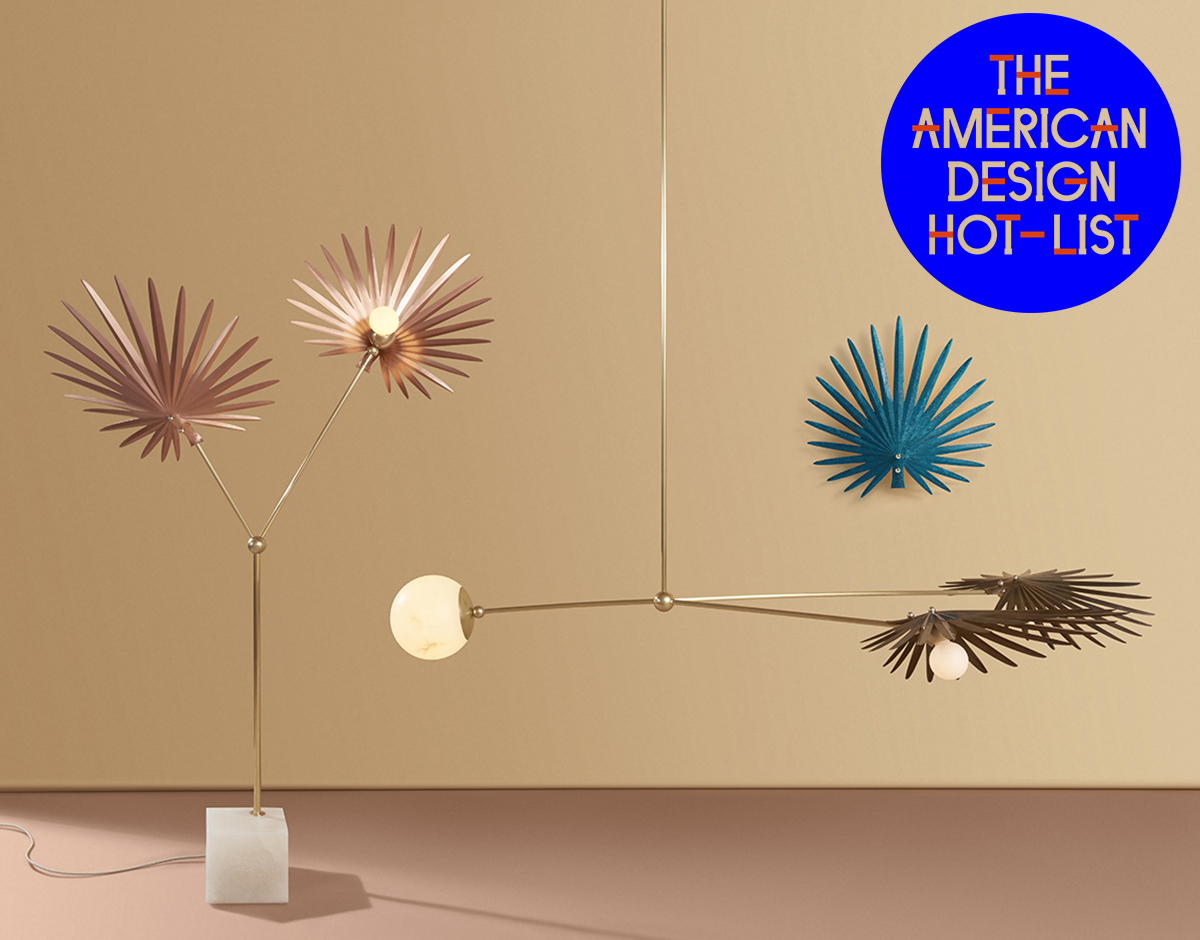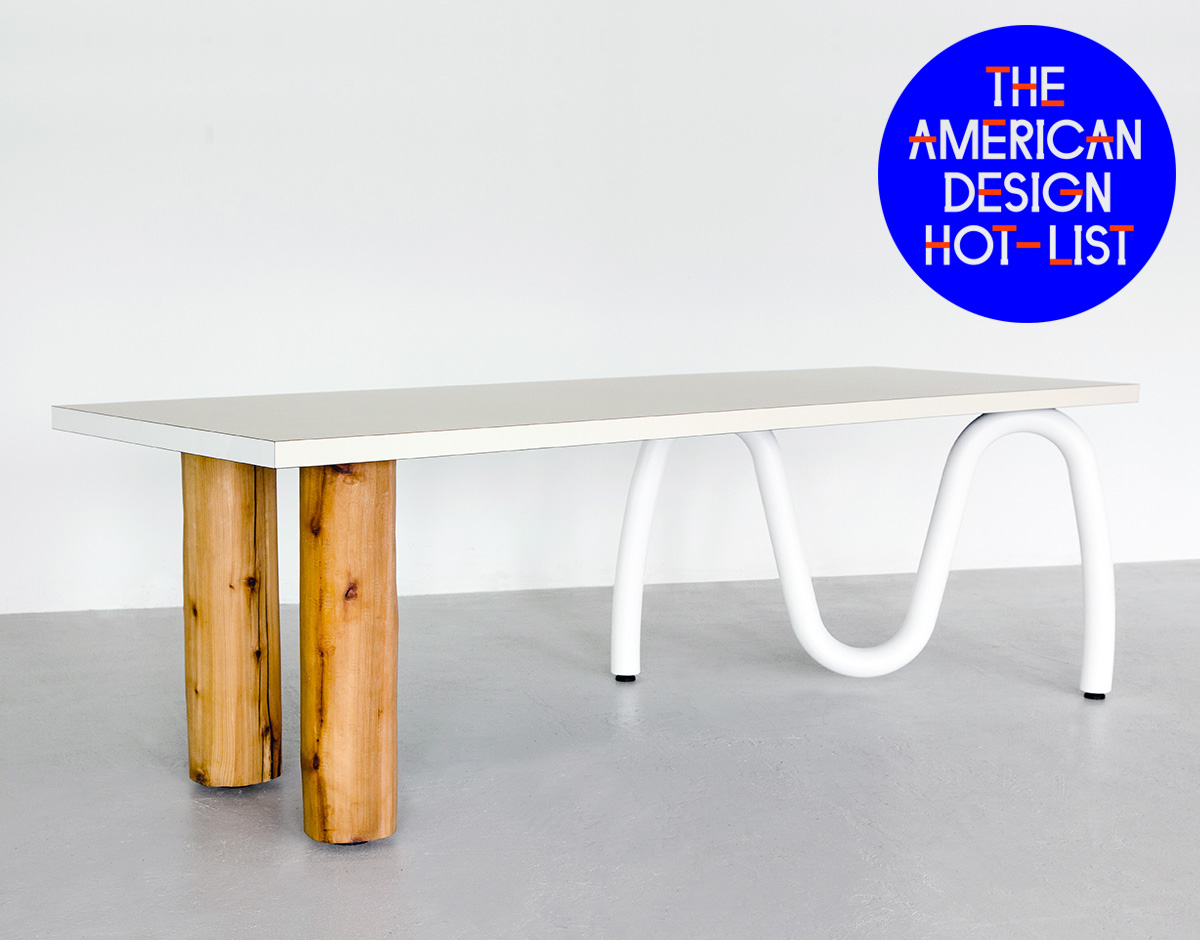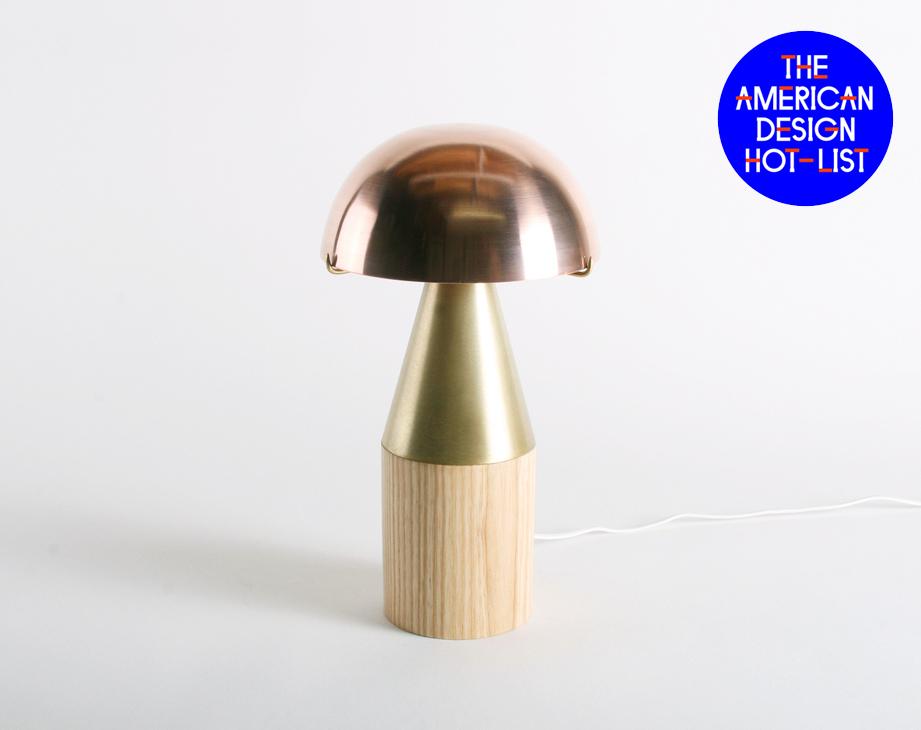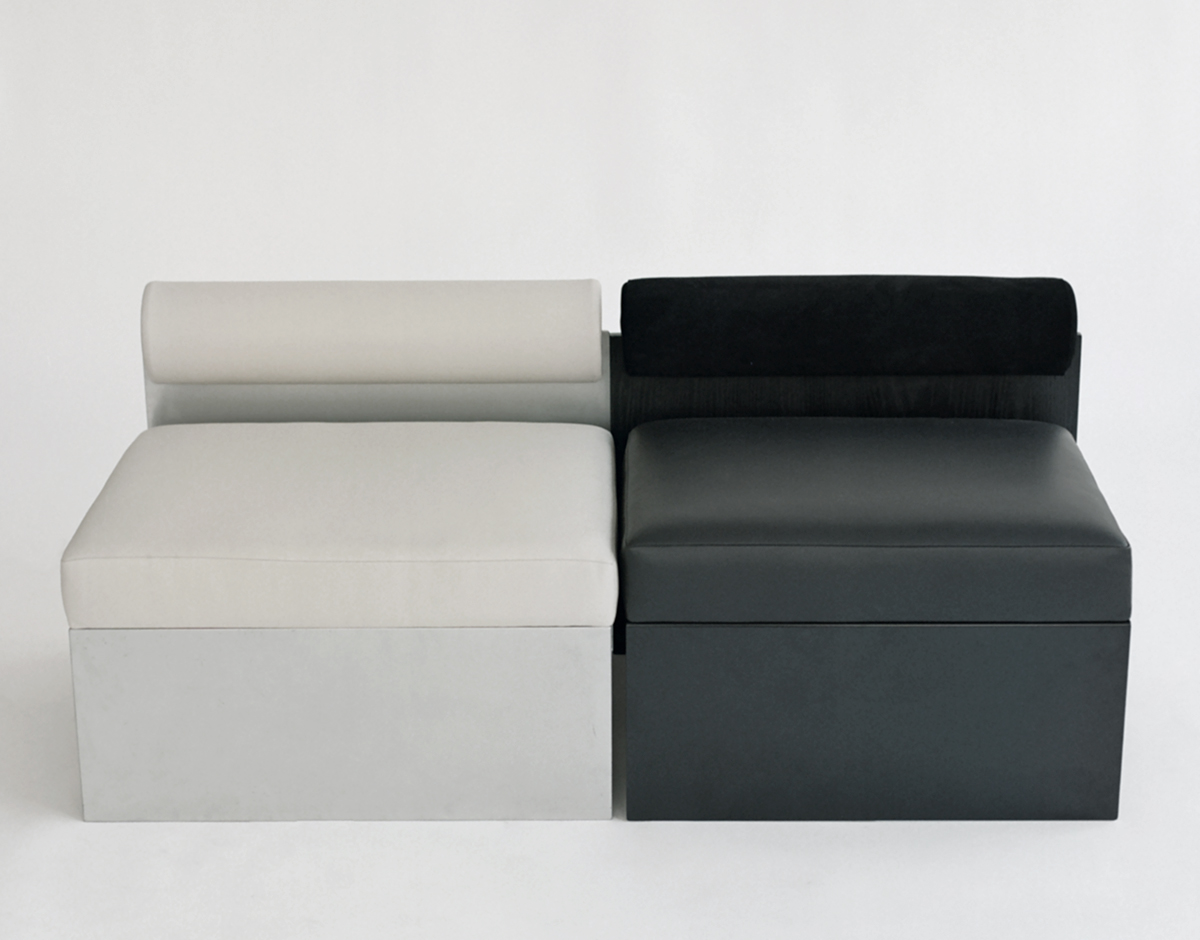
American Design Hot List 2022
Jialun Xiong
Los Angeles, jialunxiong.com
Before catching our eye with her sheet-steel furniture in the This is America show at Alcova in Milan last June, Xiong studied design and architecture at ArtCenter in L.A., then joined a large firm and worked on high-rise residential buildings not unlike the ones she grew up around in her native Chongqing, China. You can see some of those influences in the solo furniture and interiors studio she launched in 2021, where everything is hyper minimalist, monochrome, and metal — and yet with subtle elements of softness that make you want to live in and amongst them. We weren’t able to share her newest interior projects here just yet, but trust us, they’re impressive.
What is American design to you, and what excites you about it?
There’s never just one image that goes through my mind when I hear “American design.” It could be the Modernist movement of 1920-1950, the Pop Art and design cultures, individual expression, and freeform. It could also be contradictory or inclusive, since I’ve always felt the tug between the different cultures even when I came to the States for my education and professional practice. For these reasons, there’s a lot of room for creators to share their own visions and understandings through design. It’s unnecessary to actually have a word to describe the work itself. At the end of day, my pieces and projects are just the decisions and insights from part of me.
What are your plans and highlights for the upcoming year?
We almost completed two restaurant interiors (19 Town and Sichuan Impression) in the past year, and those will finally be ready to launch in the coming month. And we’re full speed ahead working on new pieces for the upcoming ICFF + Wanted Design event, where we’ll officially meet professionals as a studio for the first time. I only showed at the fair once, with my first collection, Black Kaleidoscope, when I was a grad student back in 2018.
What inspires or informs your work in general?
Having studied interior architecture and furniture design, I intended to artfully balance positive and negative space, always considering the relationship between objects and spatial volumes. Inspired by the mountainous landscape and high-rise architecture of my hometown in Chongqing, as well as the functional minimalism of the International Style of architecture, I want to create spatial environments and furnishings with an abstract geometric bent that precisely frames the human experience happening within. My design encourages a heightened awareness of every material detail, inspiring a ceremonial attitude where slowing down and finding presence is celebrated.